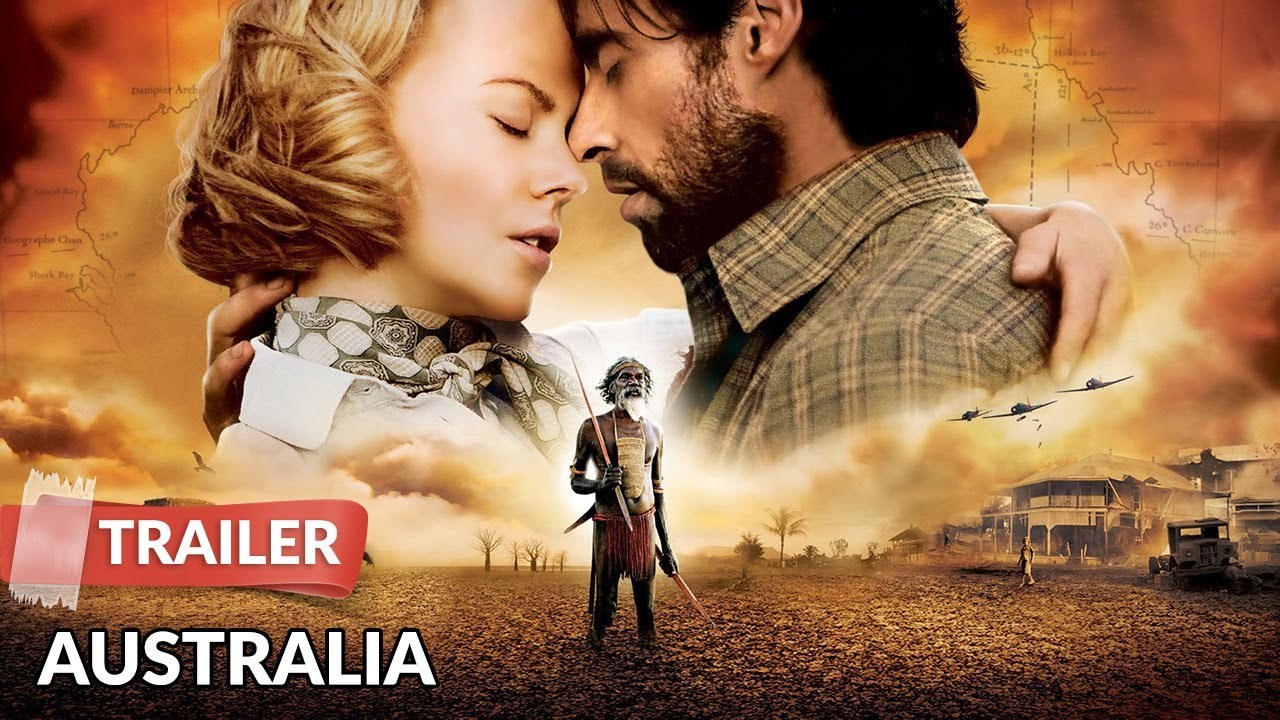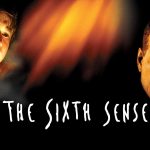Australia (2008)

Baz Luhrmann’s “Australia,” released in 2008, is a sprawling epic that unfolds against the sweeping landscapes of the Australian Outback, weaving together elements of romance, adventure, and historical drama. Set in the years leading up to World War II, the film explores themes of cultural clash, resilience in adversity, and the enduring power of love to transcend barriers.
The narrative centers around Lady Sarah Ashley (played by Nicole Kidman), a prim English aristocrat who travels to Australia to confront her estranged husband and oversee their failing cattle ranch, Faraway Downs. Upon arrival, Sarah discovers that her husband has been murdered under suspicious circumstances, plunging her into a world of uncertainty and danger.
:max_bytes(150000):strip_icc():focal(899x545:901x547)/Baz_3-2000-054ca05690f04e82b7fdb60f143b8e6c.jpg)
Sarah’s journey intersects with that of Drover (played by Hugh Jackman), a rugged and independent cattle driver who becomes her reluctant ally in her quest to save Faraway Downs from financial ruin. Together, they embark on a perilous cattle drive across the unforgiving Outback, facing natural disasters, hostile Aboriginal tribes, and the oppressive policies of the era.
Central to the film’s narrative is its exploration of Australia’s complex history, particularly the treatment of Indigenous Australians and the impact of colonialism. The character of Nullah (played by Brandon Walters), a young Aboriginal boy taken under Sarah’s wing, serves as a poignant symbol of cultural assimilation and resilience. Nullah’s dual heritage and his struggle for acceptance in a society divided by racial prejudice highlight the film’s themes of identity and belonging.

At its heart, “Australia” is a love story that transcends social boundaries and defies conventional norms. The burgeoning romance between Sarah and Drover unfolds amidst the backdrop of impending war and societal upheaval, challenging their assumptions about class, race, and personal destiny. Their relationship, depicted with palpable chemistry and emotional depth by Nicole Kidman and Hugh Jackman, underscores the film’s message of love’s ability to unite disparate souls in times of turmoil.
Baz Luhrmann’s direction imbues “Australia” with a visual opulence and stylistic flair reminiscent of classic Hollywood epics. The film’s lush cinematography captures the breathtaking beauty of the Australian landscape, from the vast expanse of the Outback to the bustling streets of Darwin. Luhrmann’s use of vibrant colors and dynamic camera work heightens the film’s sense of grandeur, creating a cinematic experience that is both visually stunning and emotionally resonant.

In addition to its aesthetic qualities, “Australia” is underscored by a richly textured musical score composed by David Hirschfelder. The film’s evocative soundtrack, blending orchestral arrangements with traditional Aboriginal music and period-appropriate songs, enhances its emotional impact and reinforces the narrative’s thematic depth.
The performances in “Australia” are a testament to its ensemble cast’s talent and versatility. Nicole Kidman brings poise and vulnerability to her portrayal of Lady Sarah Ashley, capturing the character’s transformation from a sheltered aristocrat to a fearless matriarch determined to protect her newfound family. Hugh Jackman embodies the rugged charm and steely resolve of Drover, infusing the character with charisma and authenticity.

In conclusion, “Australia” stands as a sweeping cinematic achievement that celebrates the resilience of the human spirit and the transformative power of love. Baz Luhrmann’s ambitious vision, coupled with stellar performances and breathtaking cinematography, has ensured that the film remains a timeless exploration of Australia’s cultural tapestry and historical legacy. Through its epic storytelling and emotional resonance, “Australia” invites viewers on a journey of discovery and redemption, leaving an indelible mark on the landscape of modern cinema.










